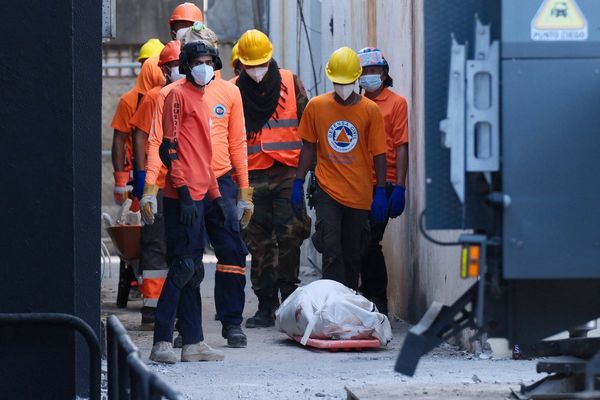
The Concorde passenger jet set a record when it flew between New York City and London in 2 hours, 52 minutes, 59 seconds. The supersonic plane could fly at more than twice the speed of sound. But just how fast was this aircraft, and what made it so speedy?
The jet, which flew from 1976 to 2003, had a takeoff speed of 250 mph (402 km/h) and an average cruising speed of 1,350 mph (2,173 km/h). In comparison, a Boeing 737-700, one of the most common airplane models flown nowadays, has a takeoff speed of 173 mph (278 km/h) and a cruising speed of 514 mph (828 km/h).
To achieve high speeds, Concorde engineers needed to design a craft that could handle both low-speed scenarios, such as takeoff and landing, as well as supersonic cruising speeds, Tony Farina, an adjunct assistant professor of aviation engineering at Embry‑Riddle Aeronautical University in Florida, told Live Science in an email.
"A wing designed for efficient performance supersonically is typically very poor at providing the lift needed at slow speeds when taking off and landing," Farina said. To reduce drag, supersonic wings are typically thinner and more swept back, Farina said, compared to standard wings which are thicker to more easily provide lift.
Providing lift was especially important because the faster an aircraft goes, the more drag force it experiences, said Bob van der Linden, an aeronautics curator at the Smithsonian's National Air and Space Museum in Washington, D.C. Essentially, faster aircraft experience more forces that oppose lift.
Related: Can a commercial airplane do a barrel roll?
One way Concorde engineers solved this problem was by designing an aircraft with a sleek body, Farina said, including a narrow passenger cabin and extended tail cone. Engineers also used a delta wing, a wing profile that's typically reserved for fighter jets, van der Linden said.
"The delta wing had very good high-speed characteristics, as well as very fine low-speed characteristics," he told Live Science.

This triangle-shaped wing design worked to reduce drag on the aircraft, but it did introduce an interesting design quirk. Because of the aircraft's body shape, Concorde jets needed to land with their nose angled higher into the air than a traditional commercial airliner. This made it very difficult for pilots to see where they were going, van der Linden said.
"They actually had to devise a way for the nose to go down [mechanically]," he said. "In the business, we call this a 'droop snoot.'"
Supersonic aircraft designed today are now circumventing this issue using technology that the Concorde didn't have access to when it was designed in the 1960s, Farina said.
"Under development now, the Boom Supersonic XB-1 aircraft uses an augmented vision system (cameras and screens) to avoid the need for drooping the nose," Farina said.
In addition to having a sleek design, Concorde jets were powered by four turbo jet engines that individually generated 18.7 tons of thrust and burned nearly 7,000 gallons (26,000 liters) of jet fuel per hour. In comparison, the Boeing 737-800 uses 850 gallons (3,200 liters) of jet fuel per hour.
The Concorde also increased the thrust created by its engines, using a device called an afterburner, van der Linden said.
"Afterburners are really used on fighter jets or very-high-speed bombers, and what it does is simply dump raw fuel into the exhaust flame," he said. "It pushes the aircraft forward even faster, but your fuel consumption rate goes through the roof."
Ultimately, it was the fuel cost associated with the Concorde that made it a commercial failure, van der Linden said. Other incidents, including the fatal Air France Flight 4590 crash in 2000, made matters worse.
"It is a gorgeous airplane," van der Linden said. "But to keep it that fast, you need a lot of power. Power means a lot of fuel, and a lot of fuel means a bigger price."







